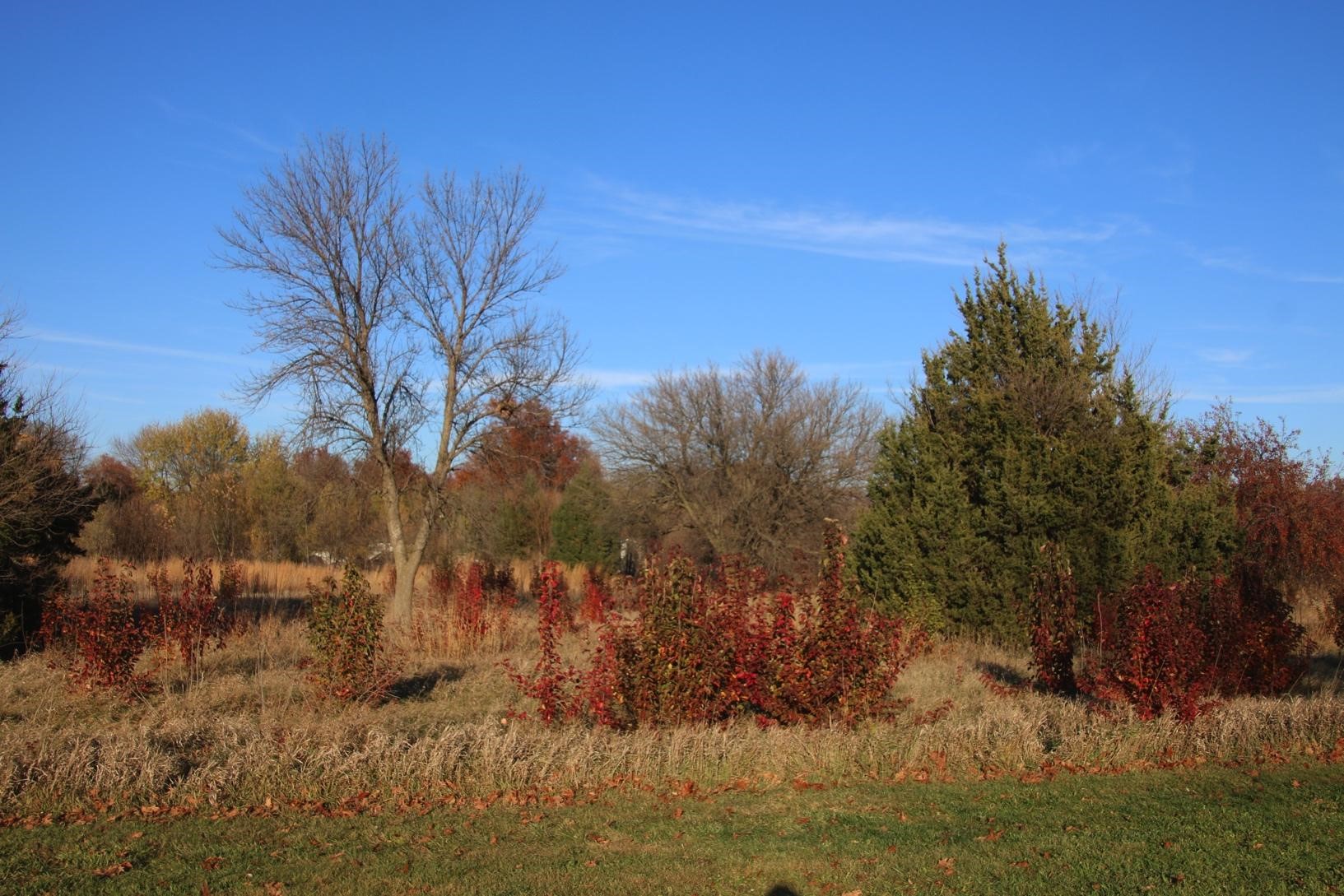Description
Callery pear is a medium-sized ornamental deciduous tree in the rose family, native to China and Vietnam. It was originally imported in the early 1900's to serve as clean rootstock for common pear (Pyrus communis), which is highly susceptible to fireblight. The uniform rounded to oval upright form, early spring flowers, glossy green foliage and respectable fall color made it desirable as an ornamental species, leading to development of multiple cultivars. The widely planted Bradford pear
Why is it a problem?
Callery pear is tolerant of a wide range of growing conditions, including tough, disturbed urban sites, pollution, dry to heavy clay soils, and sun to part shade. This ability to thrive in many locations enhances its ability to spread and become established in native and non-native areas. Cultivars are self-incompatible; thus, production of seeds does not result in seedlings unless different cultivars are within approximately one block of one another—the distance pollinating insects are able to fly. With the release of more cultivars of differing genotypes, and the continued use of callery pear as rootstock for fruiting pears, viable seeds are produced. The seeds are relished by birds and small mammals, and rapidly distributed by them over large areas. Callery pears can also spread vegetatively, with suckers or runners forming large thickets.
Identification
Callery pear has a fast growth rate, resulting in a rounded to oval tree reaching a height of 25' to 35' and a spread of 15' to 25' in Nebraska.' In the landscape, callery pear is a single stem tree; in unmanaged areas, it can rapidly spread to form dense thickets. Callery pear has robust, smooth tan medium brown twigs with distinct small white lenticels. The glossy green leaves are alternate, on one-inch petioles, with slightly wavy margins and small rounded teeth. Cultivar leaf shape varies, and includes foliage that is narrower with a pointed apex. Fall color is variable but usually maroon to deep red, and does not develop until late. Flower buds are set on old wood, in terminal clusters on short pedicels. The buds are large, tomentose and white. Flowering occurs prior to foliage emergence. The showy but malodorous flowers are one inch across, pure white, with five uniform rounded petals surrounding yellow stamens. The fruit is 0.5 inches in diameter, russeted olive green to brownish, and hard. Fruits are persistent until taken by animals or birds. Flowering and fruiting occur on very young trees.
Management
- The simplest method of controlling the spread of callery pear is to avoid planting it.
- If white flowers are desired, choose alternate species such as flowering crabapples, serviceberry, Japanese tree lilac, whitebud, yellowwood, or seven-sons-shrub
Additional Resources



